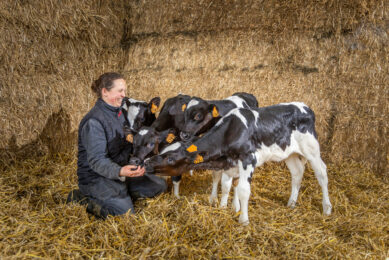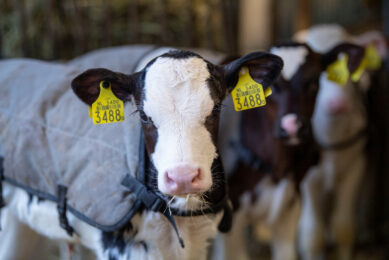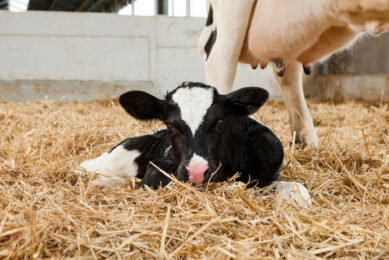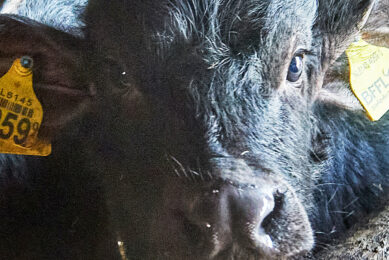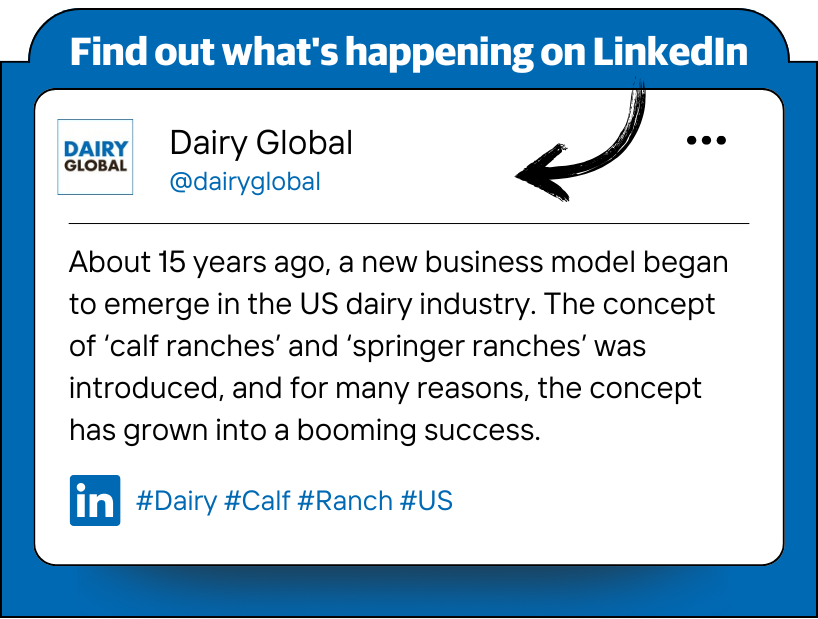Can light influence colostrum production in dairy cows?
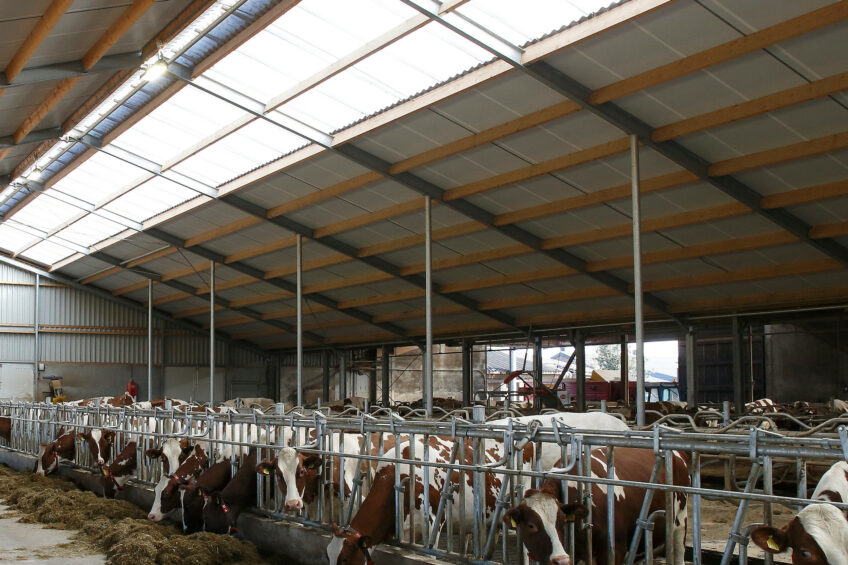
Colostrum ensures calf health as it provides immunoglobulins for a robust immune system. However, recent reports show dairy cows often produce inadequate or low-quality colostrum, which causes poor calf performance or even death. In a recent study published in the Journal of Dairy Science, researchers evaluated how changes in photoperiod influence colostrum yield and quality.
According to the researchers, previous studies have shown that multiparous Holstein cows exposed to a short-day photoperiod (8 hours of light per day) during the dry period produce up to 3.2 kg more milk per day compared to cows exposed to a long-day photoperiod (16 hours of light per day). But would a similar response be observed for Jersey cows? Thus, in the current study, researchers determined the effect of photoperiod during the dry period on subsequent colostrum and milk production in Holstein and Jersey dairy cows.
Measuring the impact of photoperiod
To evaluate the relationship between day length and breed (Holstein and Jersey dairy cows) with subsequent colostrum and milk production, dry cows were housed in a temperature-controlled barn and exposed to either a short-day photoperiod (SDPP) of 8 hours of light per day or a long-day photoperiod (LDPP) of 16 hours of light per day for the entire dry period until calving.
At calving, colostrum volume and composition – including protein, fat, lactose, solids-not-fat, immunoglobulins, lactoferrin, and somatic cell score – were measured. The effects of photoperiod were also measured for mature milk yield, energy-corrected milk, milk fat, and milk protein. After calving, cows were returned to the free-stall barn and exposed to ambient photoperiod and temperature. Milk production data was collected for 15 weeks post-calving.
Impact on colostrum quantity and quality
After computing all the measurements, the researchers found that changes in photoperiod have little effect on colostrum volume or components. However, breed differences were observed (Table 1) with Holstein cows having high colostrum volumes compared to Jersey cows.
As the researchers expected big differences, they said: “Unlike previous research, cows in our study were housed in an environment in which the temperature and humidity were controlled and held constant at 20°C and 60-80%, respectively. This removed any interaction between temperature, humidity and photoperiod. Therefore, in an ambient environment, an interaction between temperature, humidity and photoperiod may exist and explain seasonal differences noted in previous colostrum research.”
What was also observed was that colostrum components including fat (%), protein (%) and SNF (%) decreased for both breeds compared with what has been reported in previous literature. “The decreased values presented in this study are likely due to a dilution effect. Both breeds of cows produced a greater colostrum volume than previously reported, which dilutes and reduces the percentage of various solids content in the colostrum,” they said.
Increased lactoferrin content reduces the bacterial content of colostrum and is beneficial to newborn calf health. And, like lactoferrin, somatic cells also combat microbes and inflammation and can also be beneficial to calf health when ingested and absorbed.
The researchers noted: “In the current study, neither lactoferrin nor Somatic cell score differed by breed or photoperiod, indicating little difference in calf immune function based on bacteria load.”
Influence on milk production
Between breeds, milk production post-calving was greater for Holstein cows than Jersey cows for each week of lactation. Across the breeds, the results showed that a shorter daily photoperiod during the dry period slightly increases milk production post-calving. When exposed to short-day photoperiods, both breeds (Holstein and Jersey) had a numerically higher energy-corrected milk compared to cows exposed to long-day photoperiods.
The researchers highlighted that the slight increase in milk production after exposure to a shorter photoperiod was likely due to cows being exposed to an irregular lighting scheme after calving.
During the 15 weeks of lactation after exposure to the 2 photoperiods, milk production was increased for a short-day photoperiod (8 hours) across the 2 breeds during weeks 3, 4, 7, 8, 11, and 12. Commenting on the results, the researchers said: “We expected milk production to be much greater for short-day photoperiod cows for each week of lactation, based on previous research. However, we realised that previous research described in the literature determined that reduced photoperiod during the dry period increased milk production post-calving when photoperiod post-calving was consistent with long-day light exposure or ambient photoperiod ranging from 9.5 to 16 hours per day. In our study, however, daily photoperiod post-calving ranged from 8 to continual lighting of 24 hours per day, which might have resulted in disruption of circadian rhythm, hence the discrepancy between our study and previous studies.”
They added that, although not measured in their present study, prolactin receptor mRNA expression in the mammary gland of dry cows and circulating Insulin-like Growth Factor I (IGF-1) in lactating cows would be valuable measurements to characterise the effect of altered photoperiod on colostrum and milk production between breeds.
Using the relationship of photoperiod and temperature-humidity index
In conclusion, a shorter photoperiod is favourable although researchers stated that photoperiod alone might not fully explain observed seasonal differences in colostrum production. They said that during the dry period, the season of calving may alter colostrum production based on temperature, humidity, photoperiod exposure, or a combination.
“In the current study, we have found differences by breed, and we think there might be possible synergistic effects of photoperiod and other environmental factors such as temperature and humidity,” said the researchers. “We would recommend the evaluation of the combined effects of photoperiod and temperature-humidity index during the dry period on colostrum production. Studying the combined effects of these factors on colostrum will help improve dry cow management and pre-weaned calf management, resulting in improved calf survival and growth, and milk production later in life.”
Join 13,000+ subscribers
Subscribe to our newsletter to stay updated about all the need-to-know content in the dairy sector, two times a week.



